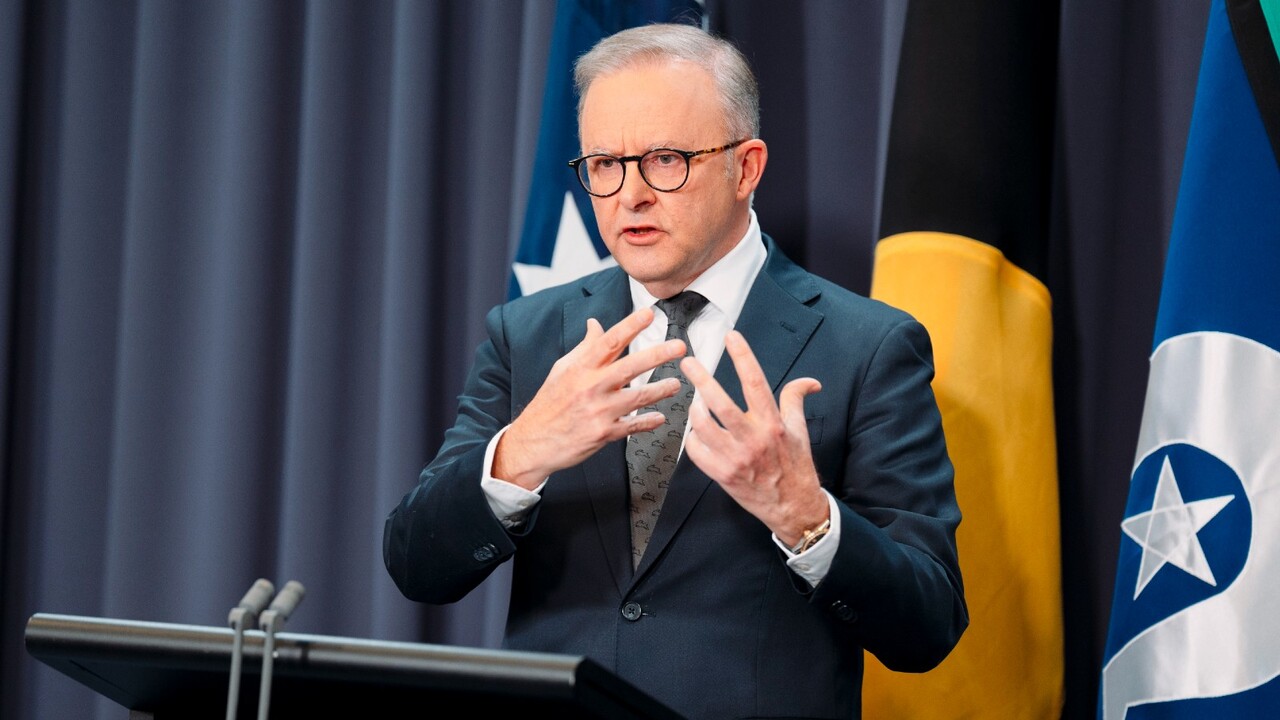Giant renewable energy project moots 60 million solar panels and 30,000 wind turbines
A project creating 60 million solar panels across 35 different solar farms and 30,000 wind turbines in WA is seeking approval from the state’s Environmental Protection Authority.

A huge $100bn renewable energy project proposed for remote Western Australia has lodged a development application, as the international consortium behind the venture moves to accelerate the development of the wind and solar-powered electricity generation plant.
Hong Kong-based developer InterContinental Energy, European CWP Global, and WA’s Mirning Green Energy an extraordinary 60 million solar panels across 35 different solar farms and 30,000 wind turbines – which would have a capacity of 70GW – in a region on the border with South Australia. At 70GW, the Western Green Energy Hub would have the capacity of Australia’s eastern seaboard electricity market.
The project is part of the developers’ plan to create a so-called green hydrogen industry, widely anticipated to replace LNG. However, many in the industry believe it to be years away from being commercially viable.
If the hub is successful, the developers estimate 3.5 million tonnes of green hydrogen could be produced each year.
Hydrogen is produced by splitting water into core elements, but to be green it would require substantial amounts of renewable energy. Currently the cost of developing renewable energy means the hydrogen is prohibitively expensive, but large-scale developments such as the hub could reduce the costs of production.
Even if the project secures environmental approvals, the consortium would need to secure funding, and there is also considerable uncertainty about how long it would take to source so many wind turbines and solar panels.
The developers, however, said the project would be viable and attractive, and a final investment decision is expected in 2029.
The consortium has also pitched additional data centres, which require substantial sources of power, fabrication facilities, a workers’ village capable of accommodating up to 8000 residents, and what is described as an “infrastructure corridor” to Australia’s east coast.
WA’s smaller population means electricity produced would be able to meet decarbonisation efforts of Australia’s resource industry or produce hydrogen that could be shipped offshore.






To join the conversation, please log in. Don't have an account? Register
Join the conversation, you are commenting as Logout